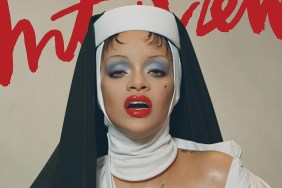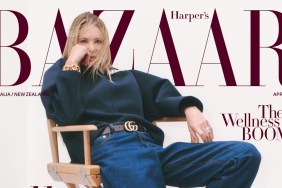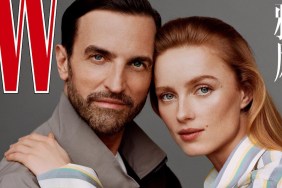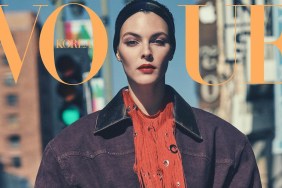Serena Williams made history this year as the first black female athlete to land a solo cover of U.S. Vogue. Beyoncé became the third black woman to cover the September issue of the magazine. Jourdan Dunn was the first black model in 12 years to grace the cover of Vogue U.K. alone. Teen Vogue cast three emerging models of color for its groundbreaking August cover shoot. These noteworthy covers and the ensuing media frenzy may suggest that fashion glossies were significantly more diverse this year. In truth, they are hardly reflective of the state of the industry at large.
After tallying 462 issues from 45 top international fashion publications, we found that magazine covers were only moderately less white than the year before. In 2015, 22.75 percent of magazine covers featured a model of color*, a mere 5.4 percentage point increase in diversity from 2014. This shift is similar to the slight improvements we saw on the Spring 2016 runways, which were 77.2 percent white as compared to the Fall 2015 runways, which were 80 percent white.

Magazine covers are becoming more inclusive, but progress has been startlingly slow. Out of 721 total cover appearances this year (including issues that had multiple covers), 557 of them were white, compared to 164 people of color. Several magazines booked only white cover stars in 2015. Not one person of color fronted Jalouse, Vogue Australia, ELLE U.K., WSJ. Magazine or Vogue Portugal this entire year and Vogue Russia, Vogue Ukraine and LOVE limited their covers to white models for at least the second year in a row.

Several publications that featured no models of color in 2014 embraced diversity this year, albeit moderately. Out of 12 total covers, Vogue U.K. featured just one person of color (British supermodel Jourdan Dunn) compared to none last year. Rihanna was the only nonwhite person to grace the cover of Harper’s Bazaar U.S. in 2015. Lupita Nyong’o was the sole person of color to front Harper’s Bazaar U.K. in the last two years. Vogue Paris failed to feature a nonwhite cover star in 2014, but found space for two this year: Liya Kebede and Mica Arganaraz.
A handful of magazines led the charge for diversity in 2015. Vogue China and Vogue India were front-runners in the fight for change. Vogue China came out on top with 19 nonwhite cover stars and Vogue India featured 17. Vogue Taiwan notably booked 11 models of color for its covers this year. Half of Paper magazine’s 2015 cover subjects were people of color, including Grace Jones and Kanye West. Teen Vogue made vast improvements in diversity, going from zero models of color in 2014 to six models of color this year. Zendaya Coleman fronted the February issue, Binx Walton graced March, Fernanda Ly covered December and models Imaan Hammam, Lineisy Montero and Aya Jones shared the aforementioned August cover.

Despite a few prominent cover subjects of color, in-depth research shows a startling lack of diversity in 2015. Magazine covers are still whitewashed and improvement has been dismal at best. Only a handful of publications like Paper and Teen Vogue stood apart from their contemporaries. The good news is that nonwhite cover stars like Rihanna (Harper’s Bazaar U.S., Vanity Fair, i-D, T Magazine, V Magazine) and Lupita Nyong’o (Harper’s Bazaar U.K., Vogue U.S.) dispel the myth that people of color don’t sell on the newsstand. The public is ready for diversity, even if magazines are hesitant to embrace it. Progress is slow, but thankfully, it’s persistent.
With additional reporting by Elena Drogaytseva.
*For the purpose of this report, models are anyone who appears on a cover, even if modeling is not their profession. Models of color were categorized as those who appear to be nonwhite or of mixed backgrounds. Models included in the Latin category are classified as nonwhite Latins that do not appear to be strongly Afro-Latin.







